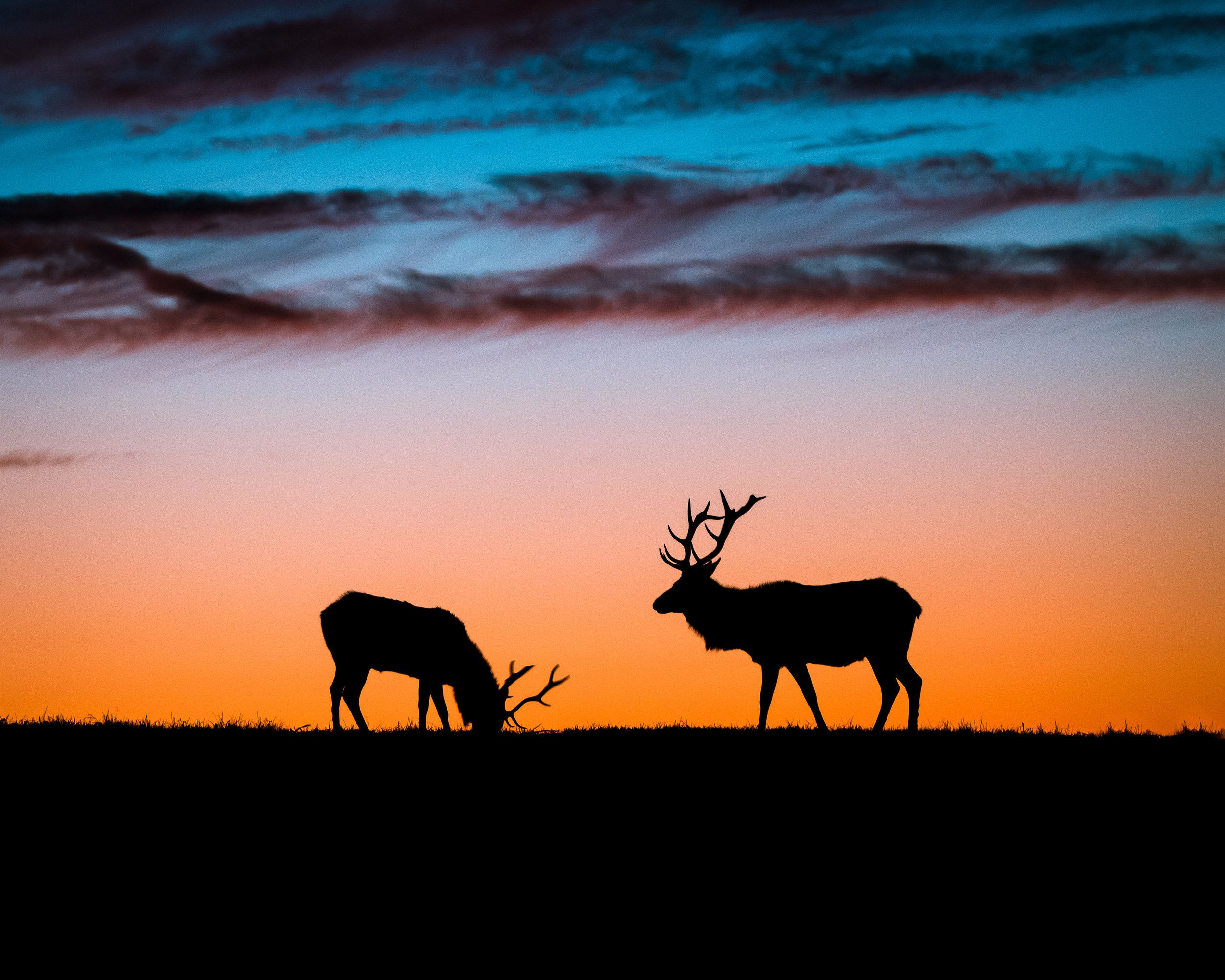Advancing America the Beautiful
As part of the America the Beautiful initiative, the Biden Administration is gathering public input on the American Conservation and Stewardship Atlas. According to the White House, the Atlas will be a tool to provide a more accessible and comprehensive picture of conservation and restoration work nation wide.
Wildlands Network recognizes the importance of planning and designing conservation around species movement and migration, especially as the ability to adapt to climate change requires connected, resilient landscapes. Our Executive Director Katie Davis provided the following comments, highlighting the need for a collaborative and multi-stakeholder approach to ensuring the U.S.’s lands and waters are effectively managed to sustain biodiversity. Read on below.
The creation of the Atlas comes during a time of climate and ecological crisis. Wildlands Network appreciates the America the Beautiful initiative’s commitment to preserve biodiversity and, specifically, the inclusion of connectivity and corridors for fish and wildlife as one of the key areas of focus within the plan.
To support implementation, Wildlands Network’s request for the Atlas is twofold:
First, to fulfill the 30X30 goal of protecting and recovering biodiversity, we ask that you acknowledge and incorporate the best data available to document the health of ecosystems, regardless of existing management scheme, including the status, presence, or absence of key species and apex carnivores. And to make the underlying data equitably available to practitioners moving forward, while seriously and straightforwardly acknowledging where gaps in data exist and need to be filled.
Second, we ask that you utilize datasets and modeling techniques for plants and animal movement to visually document priority opportunities for cross-jurisdictional projects. State agencies, tribal nations, and NGOs have been collecting connectivity data, in some cases for decades, and this administration can proactively reach out to these groups to help fill the data gaps needed to weave connectivity into this Atlas.
Wildlands Network’s Eastern Wildway map is an example of presenting corridors and connectivity visually. We recommend the Atlas show where the links between habitat areas are clear, using wildlife data and modeling.
In short, we ask you to design the Atlas in a way that visually recognizes the need and intent to connect large landscapes, and to create an interconnected system of lands and waters managed to protect and restore biodiversity across this country.
Wildlands Network looks forward to assisting by providing detailed written comments and relevant datasets and points for consideration as you continue to develop this Atlas.


